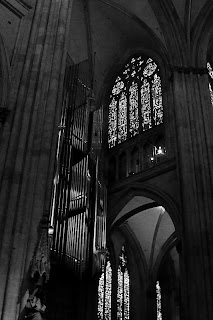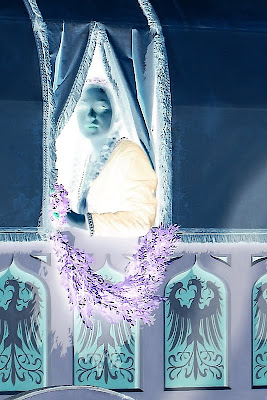Today we’re going to provide a couple exercises to get you thinking about your photography and small ways to improve.
First up, we’re going to look at the use of tone and tonal variations to improve our shots. The exercise is simple enough. You’re going to need a couple lightly textured items to photograph. A couple differently colored towels or pillowcases will suffice. The object is to learn how our exposure impacts our tonal ranges, and how tones translate into an important element of our final image.
It’s best to use red, green, and blue items, but whatever you have at hand will work. Set up your item and meter it. In manual mode, set your exposure to give you –3 stops exposure and make a photo. Repeat for every full stop between –3 and +3 stops. You’ll have 7 photos. Do that for the other colors. Compare them in your image editing application, and see how the saturation, texture, and feel of each color changes with the different exposures and colors. Then take the same series of photos, but put your different items in the same frame. Finally, convert the last series to monochrome, and review one last time. After reviewing them all, you can see the difference in tones and moods. This is a big part of visualization, knowing how your camera’s rendition of color and light will present itself in the final image. It’s a simple exercise that does more than give you that knowledge; it also shows you what your camera can do. By knowing that there should be texture through all the shots, you can identify where your camera begins to lose that texture. Hey, since it’s autumn, you can combine the shots with more than all you colors into making something to hang on your wall by shooting something of the autumn around you.

ISO 100, f/15, 1/25
One of my older photos, taken just outside Hormansdorf. The track to the field was dappled and the tonal range of the colors brought to mind something from childhood, a reminder that God's beauty is everywhere. Notice how dark and light tones of the same color come into play here, creating contrast and enhancing the feeling of magic.
The next exercise is patterns. Learning to recognize patterns is something we all naturally do from an early age. But, patterns can be subtle or glaring. Stucco has a nice texture, and can have something of a pattern to it if you observe it long enough. Decorative tiles, clothing, and even bark will present something to create the feeling of a pattern if you open yourself to it.
The exercise is shooting 5-10 photos of patterns around you. This can be the tracks from a tractor in a just harvested field, the still tall rows of corn, your hounds-tooth pants, anything presenting a pattern. Corn on the cob present a nice pattern that can be presented and intensified by including the green of the husk and the golden caramel brown of the outer silk. They’re everywhere once you open up to them! It’s a great way to add interest to your photography, and bring you into a closer relationship with the scenes we take for granted every day. There is so much in God’s green Earth to see and feel, that an entire lifetime isn’t enough to experience it all!
I hope everyone will get out and make some photos, both for the exercises and to celebrate autumn’s beauty. There’s no time like now to get shooting! Figure out where and when, the rest will follow. Then, make your shot and share it with us on our Hohenfels Volks Facebook page. We’d love to see your work.
Is there anything you’d like to see here? Do you have a question? Share your thoughts here or at the Hohenfels Volks Facebook page. Of course, commenting on both Facebook and here is always appreciated, too! Don't forget, we're on Google+, too!





























